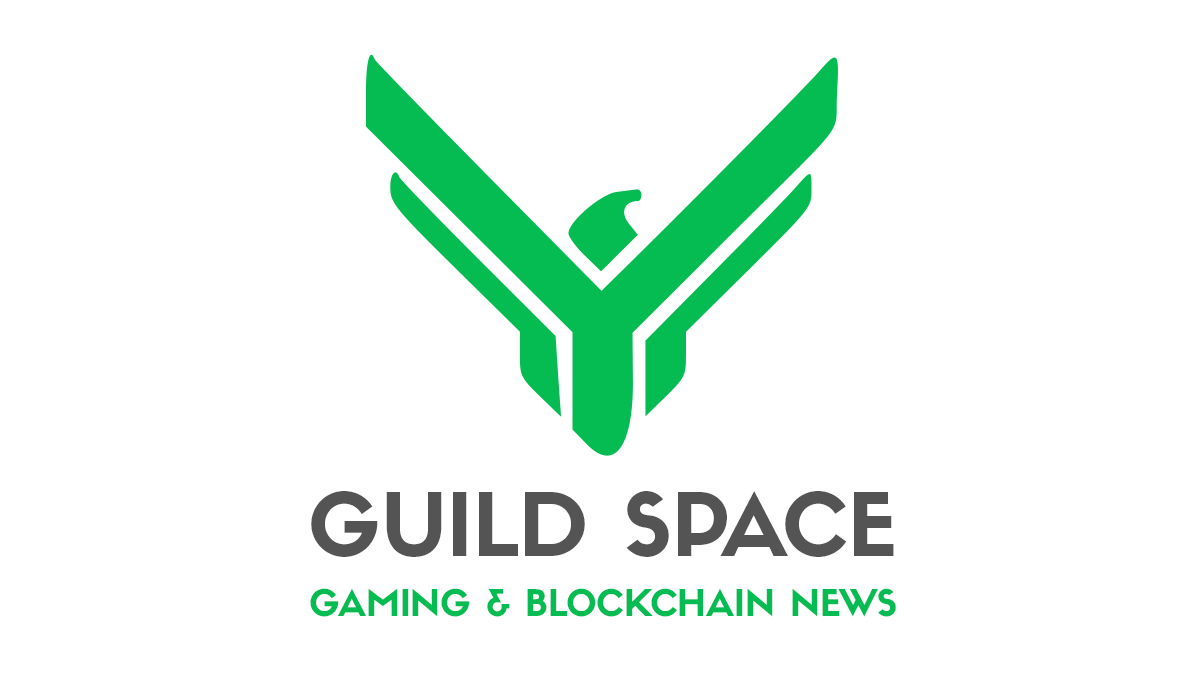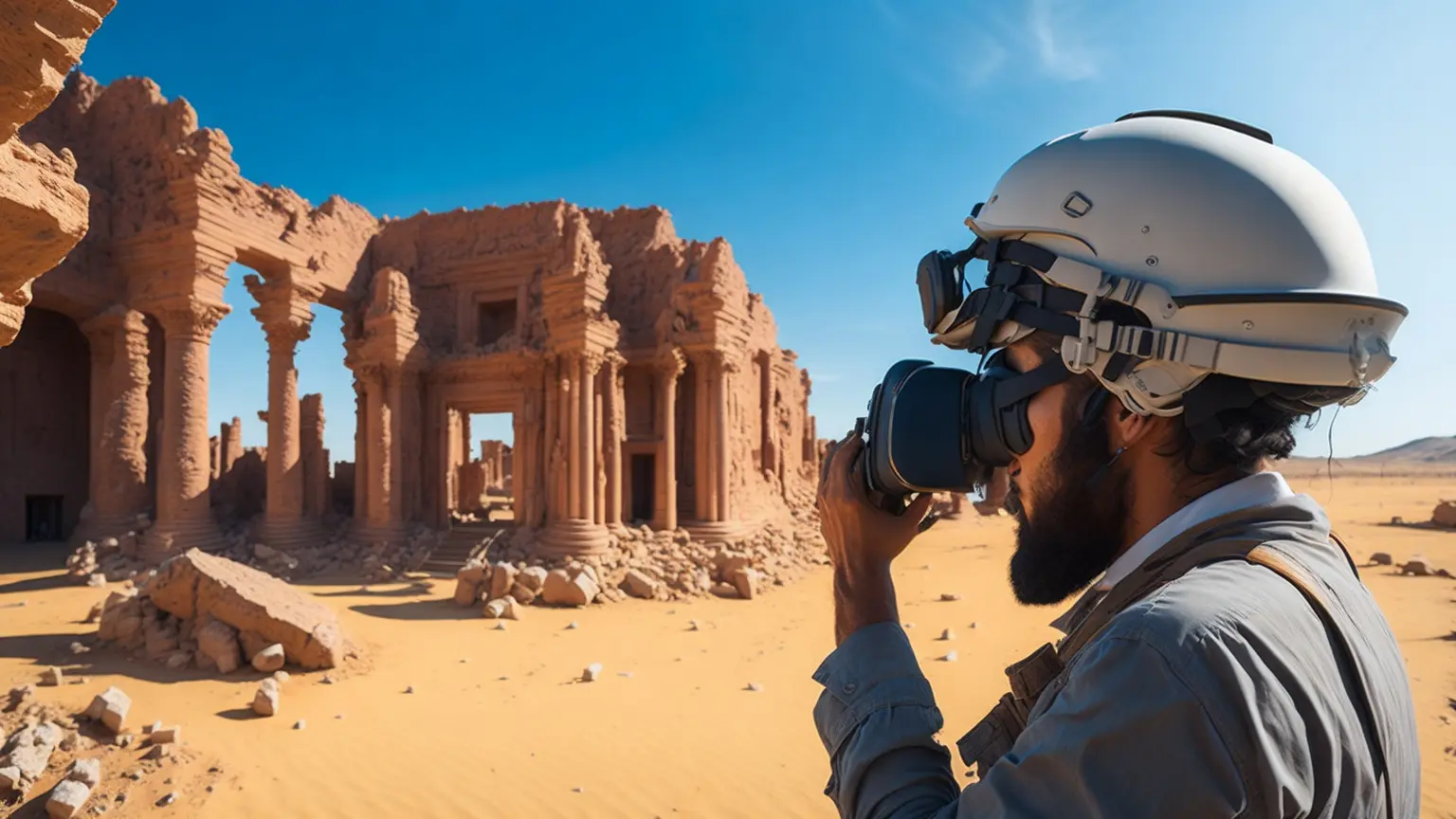The Intersection of Archaeology and Technology: Unearthing the Past with Digital Tools


As technology continues to evolve, it’s reshaping how we explore and understand history. Archaeology, an area focused on unlocking secrets from the past, has particularly felt the impact. By leveraging digital tools, from 3D modeling to virtual reality, archaeologists are discovering new ways to delve into the past. Let’s delve into how these advancements are revolutionizing archaeology.
The Digital Turn in Archaeology
Known as digital archaeology, this emerging field integrates cutting-edge technologies to gather, analyze, and interpret archaeological findings. With the help of digital tools, researchers can gain more profound insights into their studies and share their findings with a broader audience.
The Magic of 3D Modeling and Virtual Reality
One of the standouts in this digital revolution is 3D modeling. This technology allows archaeologists to replicate and investigate objects or structures that have been lost to time or are too fragile to handle.
Simultaneously, virtual reality (VR) is providing immersive experiences for archaeologists. With VR headsets, researchers can ‘travel’ to ancient sites and thoroughly examine them without ever needing to leave their laboratory.
Landscape Analysis with GIS and Remote Sensing
Geographic Information Systems (GIS) and remote sensing have become indispensable in the toolkit of the modern archaeologist. These tools aid in landscape analysis, tracking changes over time, and pinpointing potentially rich sites for excavation.
The Power of Digital Archives and Open-Access Data
The digital revolution doesn’t just stop at excavation and analysis. It extends to how archaeologists store and share information. Thanks to digital technology, expansive archives of archaeological data are available online for researchers around the globe, promoting cooperation and knowledge sharing among experts.
In Summary
The dawn of digital technology has sparked a revolution in the field of archaeology. These innovative tools, from VR to GIS, have opened new avenues for historical exploration and understanding, redefining how we study the traces of humanity’s past.
Recent Posts
How to Manage an Online Community: Best Practices for Success
In today's digital age, online communities have become a pivotal aspect of brand building, marketing, and fostering user engagement. Proper…
The Future Smart Home: Automation, Energy Efficiency & Next-gen Technologies
Automation, Energy Efficiency, and Cutting-edge Technologies in Domestic Management. 1. Introduction In today's world, technology continues to become more integrated…
Building an Online Community: A Step-by-Step Guide
In today's digital age, online communities have become hubs for knowledge exchange, shared interests, and camaraderie. If you're thinking of…
Blockchain’s Revolution in Real Estate: Ushering in Transparency
Blockchain, originally known as the backbone technology of cryptocurrencies, holds potential far beyond the financial sector. One such area where…
Leveraging Graph Databases for Complex Data Structure Analysis: An Overview of Benefits and Application Methods
The contemporary data landscape is ever-expanding and becoming more intricate, and conventional analysis tools and methods often fall short in…
Leveraging Quantum Computers in Scientific Research: A Revolution in the World of Science
The emergence of the first working prototypes of quantum computers signaled a new era of scientific exploration. With a fundamentally…